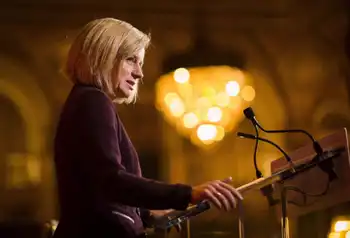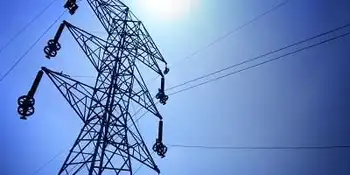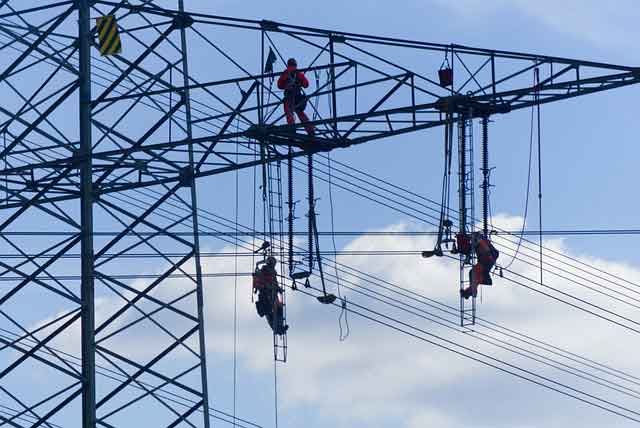Ohio watchdog: Utility upgrade costs need controls
By Associated Press
Electrical Testing & Commissioning of Power Systems
Our customized live online or in‑person group training can be delivered to your staff at your location.

- Live Online
- 12 hours Instructor-led
- Group Training Available
Ohio Consumer's Counsel Janine Migden-Ostrander said many of America's utility networks are poised for upgrades over the next five years as infrastructure wears out, new energy sources are found, technology improves and national environmental priorities shift.
As the lawyer for ratepayers, she said the upgrades are largely needed but she doesn't want consumers overpaying for them.
"When you throw $100 million at a utility and say, 'Go do it,' you never know how efficiently and cost-effectively they've spent it — especially when they're being paid as they go," said Migden-Ostrander, who is marking five years in office this year. "So if we're going to do this, we're going to have to make sure we do it as leanly, as efficiently, with as much accountability as possible."
Holding utilities accountable is part of Migden-Ostrander's job description. She got the appointment after her predecessor, Robert Tongren, resigned in late 2003 after acknowledging he kept a consultant's report from the public that could have meant billions in customer savings when Ohio's electric market was deregulated in 2000.
Beefing up the office's records retention policy was Migden-Ostrander's first order of business after the scandal, she said.
She also discontinued side deals for special power discounts that often were part of rate settlements, such as the one among FirstEnergy, a group of major power users and Tongren's office in 2000. Migden-Ostrander was a lobbyist for Enron, a FirstEnergy competitor, at the time.
"We have tried very, very hard to let the public know that we are there to serve them, to help them, and in a very public way," she said.
Migden-Ostrander sees her next big challenge as controlling how much consumers pay for infrastructure upgrades and expansions. She advocates cost limits on utilities seeking to install new or improved equipment, the filing of detailed reports on their construction plans, and audits after construction of the projects' expenses.
Ellen Raines, a spokeswoman for Akron-based FirstEnergy, said the utility has been responsible in its infrastructure investments for more than 100 years.
"And over the past four years our investments have helped reduce the average duration of power outages by 40 percent while maintaining 1990 rates," Raines said. "So we think we've done a very good job of investing appropriately to ensure customers are provided with reliable, responsive service."
Migden-Ostrander said her office fights constantly to keep utility rates in check, and there will be an even greater temptation for utilities to seek higher rates as they replace infrastructure. But, she said, turning to customers to offset infrastructure costs may prove difficult.
"Take a look at our economy: 1 in 10 customers having been disconnected from utility service, unemployment at record high rates, 22 percent of the population at 175 percent of the poverty guideline or below. Where is this money going to come from?" she said.
Bill Spratley, the state's first Consumer's Counsel in the 1970s and Migden-Ostrander's mentor, said in the past five years Migden-Ostrander has taken a no-nonsense approach to the role he played with an activist's fire.
"My perception is she's probably been a little more restrained than I was, probably because I had a little bit more political support at the time," he said.
Sandy Buchanan, executive director of Ohio Citizen Action, said coal interests — including power companies that own coal-fired plants — are still a powerful political force in the state.
"She has very much kept with the goals she went in with, in terms of protecting consumers up against very difficult odds," she said of Migden-Ostrander.











